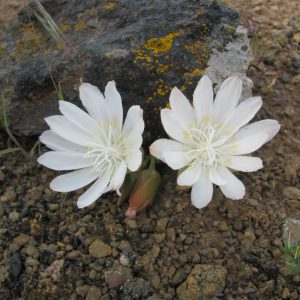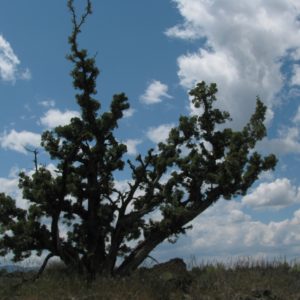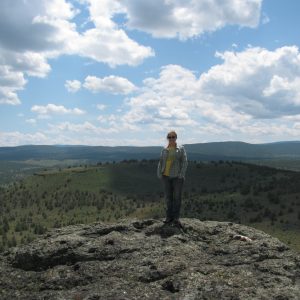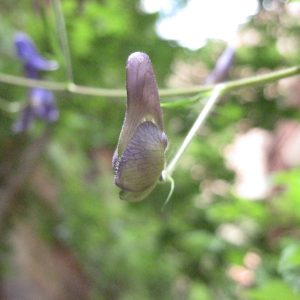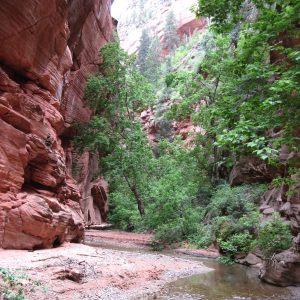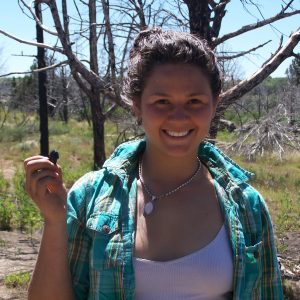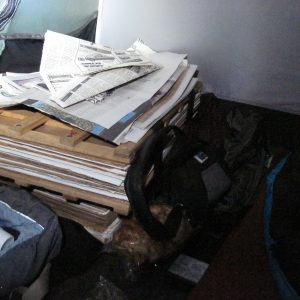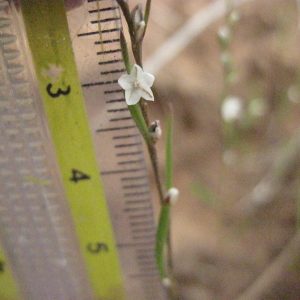This summer has flown by – I only have about one month left in Southern California. We just cataloged all of our seed collections, which took almost a full ten hours to complete. It was incredibly satisfying to see the several hundred bags from our thirty something collections all laid out and organized. In a strange way, it’s like seeing our babies all grown up. But, by “babies” I mean grocery bags full seeds and “grown up” I mean fully dried, photographed, and packed to be shipped.
Now that all of the spring annuals have dried up, we have been in the office entering all of our data and completing other paperwork. We have just finished identifying all of our vouchers and have started creating labels for the specimens staying at our Herbarium. Honestly, I thought this would be much more boring than it is turning out to be. It has been a nice change to be in the office and great to have more time to get to know the other folks working at the Herbarium.
Earlier this week, our collection team was able to attend a Desert Managers Group restoration workshop in Barstow. Learning about the successes and challenges of groups working to restore, conserve, and protect the southwest U.S. was very fascinating. As a young person interested in environmental conservation, it was also exciting to learn about opportunities in the region in restoration.











